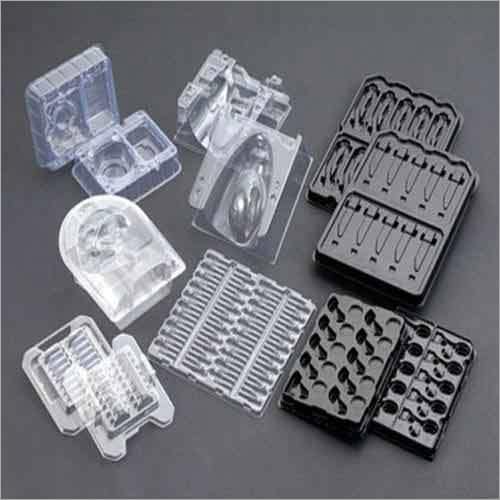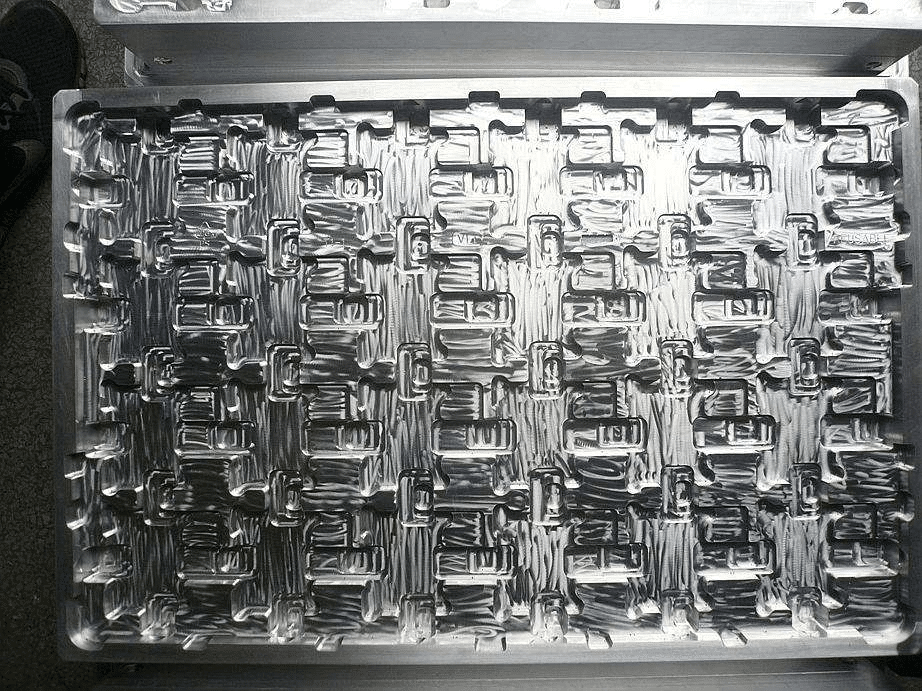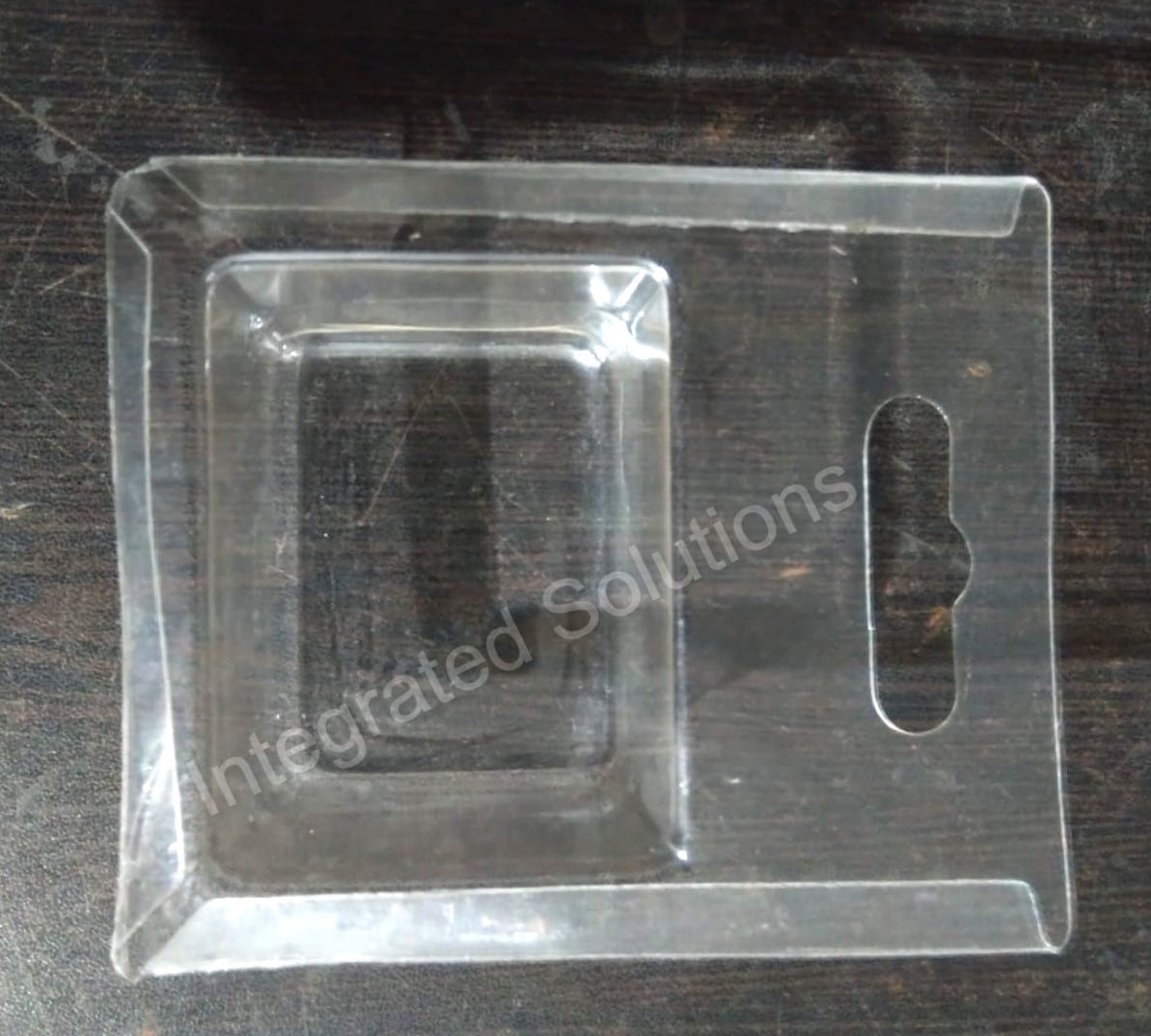
Blister Products, which are mostly used for packaging purpose!
Medicine | Food | Cosmetics | Vegetable | Toys
Blister mold, also known as a blister forming mold, is a tool used in blister packaging to create the raised plastic cavities that hold products. It’s typically made of metal, though some cheaper options use materials like plaster.
This process is commonly employed for creating blister packs, which are packaging solutions that consist of a thin plastic sheet formed around a mold to create a cavity for holding a product securely.
Material Selection:
- The most commonly used material for blister molding is PVC (Polyvinyl Chloride) due to its transparency, flexibility, and ease of processing. Other materials such as PET (Polyethylene Terephthalate) and polystyrene may also be used.
Heating:
- The plastic material, usually in the form of a sheet, is heated until it becomes pliable and can be easily formed. The heating process can be done using various methods, including convection ovens or radiant heaters.
Forming:
- The heated plastic sheet is then draped or formed over a mold. The mold typically has the shape of the desired final product. The mold can be made from metal or other materials with good thermal conductivity.
Vacuum Forming:
- In many blister molding processes, a vacuum is applied to help draw the heated plastic sheet tightly against the mold, ensuring that it takes the shape of the mold accurately. This vacuum forming process helps in creating the desired cavity or blister in the plastic.





Usage of Blister Mould Products
Blister molding is widely used in packaging for consumer goods, pharmaceuticals, and other products where protecting the contents from external factors like moisture, air, and tampering is essential. It’s a cost-effective and efficient method for producing custom-shaped packaging with relatively low tooling costs compared to other molding processes.
They’re a popular choice because they’re:
- Relatively inexpensive to produce
- Versatile and can create a wide variety of shapes
- Durable and can be used for many production cycles
- Easy to use and light weight
It also has some drawbacks
- They can be time-consuming to set up and changeover
- They’re not suitable for mass production of very small or complex parts
- The quality of the blisters can be affected by variations in the plastic sheet thickness and heating temperature
